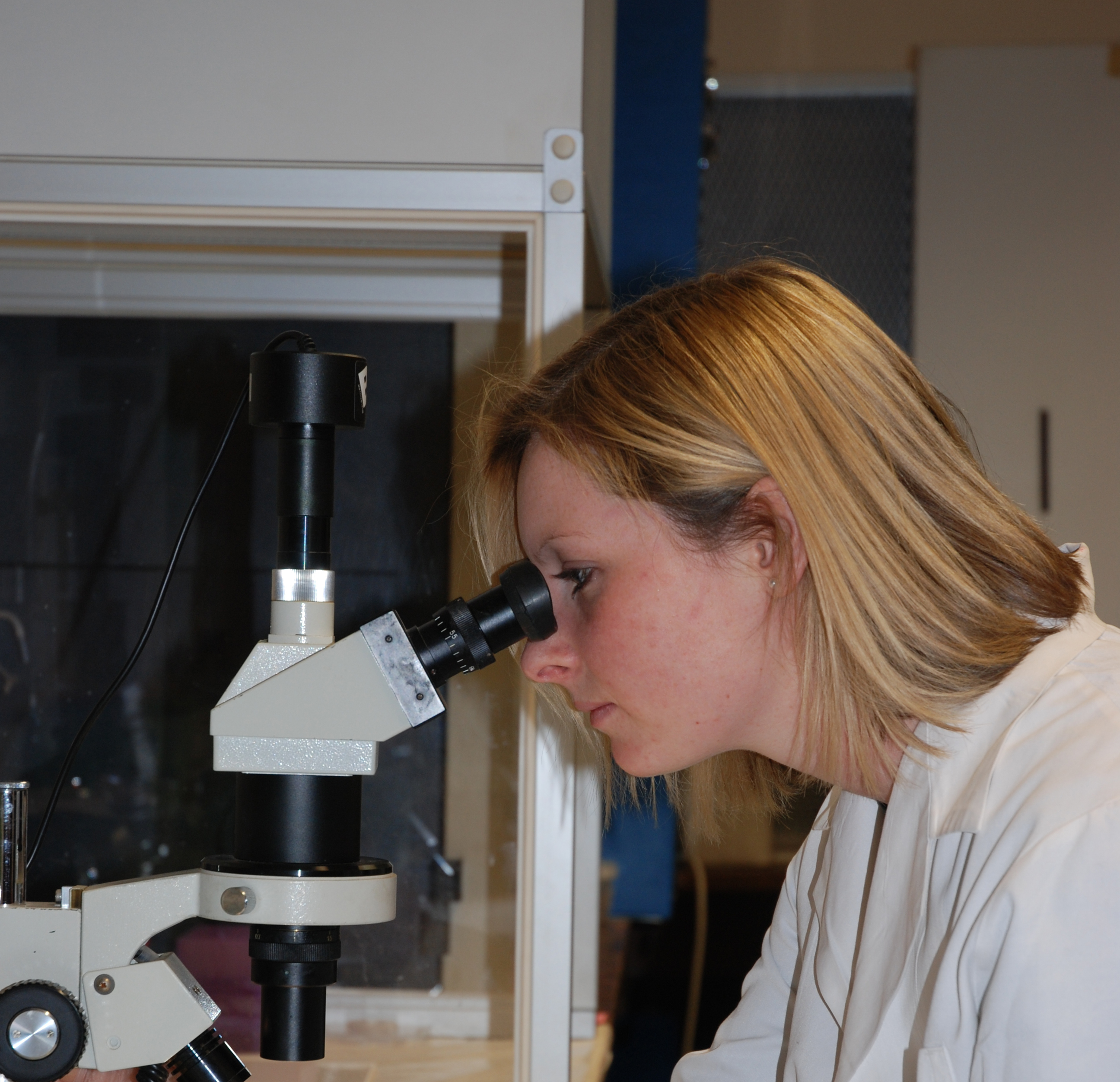
Becky James BSc MSc
Director technical sales
Most horse owners are aware of the need to make feeding changes slowly but generally it’s only the bucket feed that is considered. How often do you apply the same principle to forage?

A new batch of hay, a change in supplier, a change from summer to winter routine, a change of yard or purchase of a new horse can all lead to a sudden switch in forage which can result in upsetting the digestive system causing diarrhoea and as a worst case scenario, colic.
Forage makes up the largest portion of the horse’s diet so allowing for an adaption period is paramount when introducing a new forage source to the diet. This is true for a change in pasture to hay too which researchers Hillyer et al in 2002 found associated with the highest risk of colic.
The digestive system and specifically the microbiota of the hind gut need time to adapt to diet changes in order to best utilize nutrients in feed and avoid digestive upset.
Fibrous plant cell wall components of forage pass largely undigested through the upper intestinal tract and are then broken down by colonic microorganisms providing energy through the end products of their metabolism, mainly short-chain fatty acids.
Each specific type of microorganism, of which there are many will need a specific type of food to survive. Some use complex fibres while others like simple sugars. Some will flourish on high protein while others will further break down the products produced by other types of microorganisms. A constant flow of foods for the microorganisms to ferment in a high volume of fluid is ideal for them to thrive.

When food is different from what the current population of microorganisms are accustomed to handling, the result can be a rapid increase in the specific type of microorganism that prefers that type of nutrient. This, in turn, can cause other types to die off. This may lead to poor utilization of feed, excess gas, mild distention, diarrhoea, or in the worst-case scenario colic.
If unusually high amounts of sugar, starch, or complex plant sugars enters the large intestine then the acidity can increase to the extent that the lining of the digestive tract can be damaged and bacterial toxins absorbed into the body. This makes the horse very sick and can result in laminitis.
Even when the same type of hay is fed eg meadow, timothy, rye grass, or alfalfa, not all hay is created equal. Varying growth conditions and even different strains of the same type of forage, means the level of rapidly fermentable nutrients they contain differs quite dramatically (100% sometimes). Changing hay types risks dietary differences further in both the levels and relative proportions of fermentable nutrients the horse's system needs to adapt to.

Data from research at A&M University College of Veterinary Medicine & Biomedical Sciences, in Texas showed horses experiencing a change in hay type were almost 10 times more likely to colic in a study of 1,030 colic cases than equal numbers of controls. The most common colic causes associated with changes in hay type include impaction or changes in microflora altering pH or volatile fatty acid ¬production.
Using an adaptation period of 10 – 14 days to transition new forage into a horse’s diet is recommended and should be along the lines of the proportions outlined in the table below.

Steaming forage at high temperatures using the Haygain patented method is scientifically proven to improve the hygienic quality. This helps to provide a certain amount of consistency with regards to the hygienic quality of forage.
Take home message:
Be mindful of the information discussed in this article when introducing different batches of conserved forage or a change in the proportion of fresh forage (grass) and conserved forage (hay/haylage). Introduce these changes slowly and keep an eye out for a change in your horse’s droppings or behaviour.




















